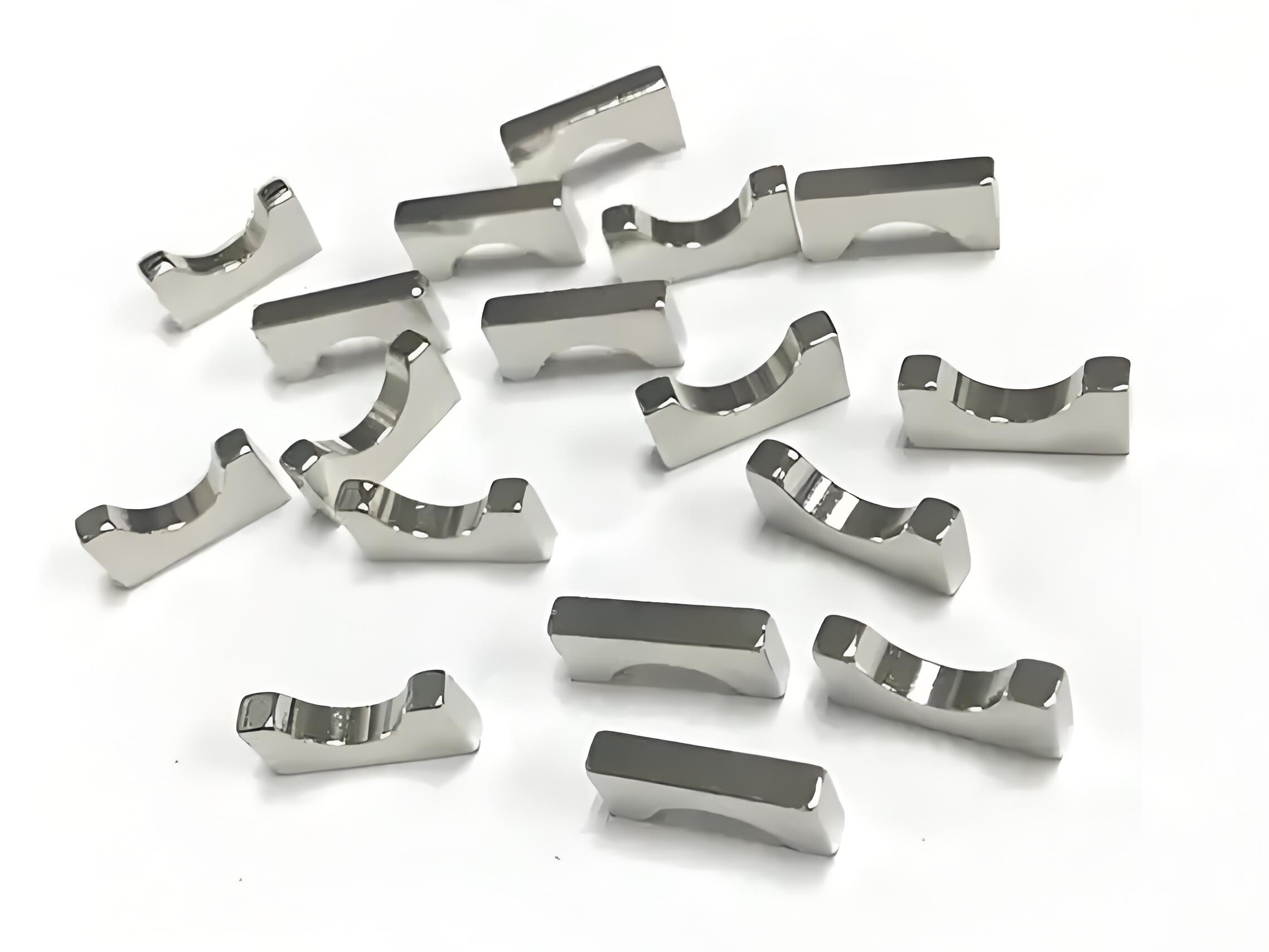
One stop solution for magnetic products

The Counterattack of NdFeB: From a Weak Point in the Magnetic King to a Key Leap in Performance
In the field of permanent magnets, NdFeB has garnered widespread attention for its outstanding magnetic energy product. However, this material faces a significant challenge in practical applications: its magnetic properties change with increasing temperature.
Temperature: NdFeB's Achilles' Heel
The Curie temperature of conventional NdFeB is typically between 310-340℃. This characteristic causes the material's magnetic properties to degrade as the temperature rises. In high-temperature applications such as electric vehicle drive motors and wind turbines, this significantly limits the motor's power density and reliability. Notably, NdFeB's temperature coefficient,α(Br), is approximately -0.12%/℃, meaning that for every 100℃ increase in temperature, the residual magnetism decreases to a certain extent. This characteristic must be carefully considered during motor design.
A Game of Microcosm: Grain Boundary Diffusion of Dy and Tb
The breakthrough came from a new understanding of the material's microstructure. Researchers discovered that the heavy rare earth elements dysprosium and terbium are not evenly distributed throughout the main phase, but are preferentially concentrated in the grain boundaries. This discovery has led to the development of revolutionary grain boundary diffusion technology. Unlike traditional smelting processes, grain boundary diffusion involves coating the surface of sintered NdFeB with a heavy rare-earth compound. During subsequent heat treatment, the heavy rare-earth atoms diffuse rapidly along the grain boundaries, forming a core-shell structure. This design improves the magnet's coercivity while minimizing the use of expensive heavy rare earths. This technological approach strikes a good balance between performance improvement and cost control.
A Breakthrough for Heavy Rare Earth HRE Free NdFeB
Faced with the strategic scarcity of heavy rare earth resources, researchers have explored an alternative path: achieving high-performance heavy rare earth-free NdFeB through grain refinement and grain boundary optimization. Using a dual alloying approach, they manipulate the distribution and composition of the neodymium-rich grain boundary phase to create a perfect core-shell structure at the nanoscale. When the grain size is reduced to below the micron level, the magnetic domain rotation energy is significantly enhanced, enabling sufficient coercivity to be achieved even without heavy rare earths. Currently, laboratory samples of heavy rare-earth HRE free NdFeB have achieved coercivity exceeding 20 kOe at 150°C and are gradually moving towards industrialization. This type of research offers new possibilities for the sustainable development of permanent magnet materials.
The Future Has Arrived: Collaborative Innovation from Materials to Systems
Current research trends demonstrate a multidisciplinary integration, integrating the collaborative design of permanent magnets and motor systems. By constructing a coupled model of the permanent magnet's temperature and magnetic field, changes in magnetic properties under different operating conditions are predicted in real time, enabling the motor control strategy to be optimized accordingly. This integrated material-structure-control design eliminates NdFeB's vulnerability at high temperatures and instead makes it an integral part of intelligent, adaptive systems. Collaborative research in materials and motors has opened up new avenues for the development of permanent magnet applications. Therefore, further improving NdFeB performance through micro-control remains an important research direction, and future progress is highly anticipated.
Search
Categories List
Please give us a message

Beijing Saint Langma Magnetic Technology Co.,Ltd